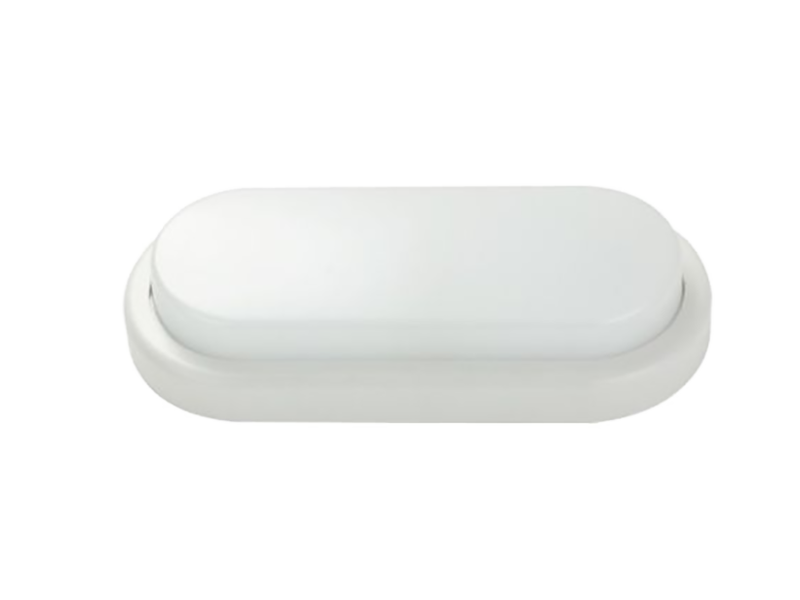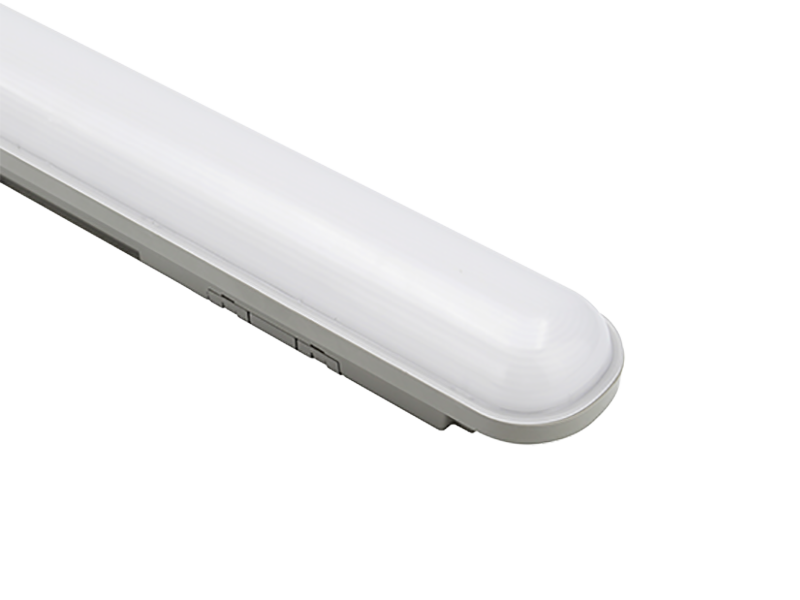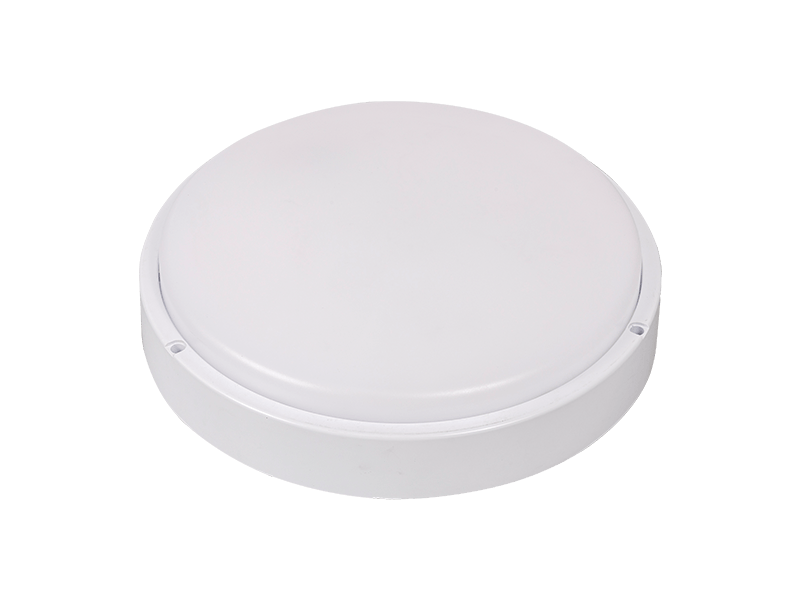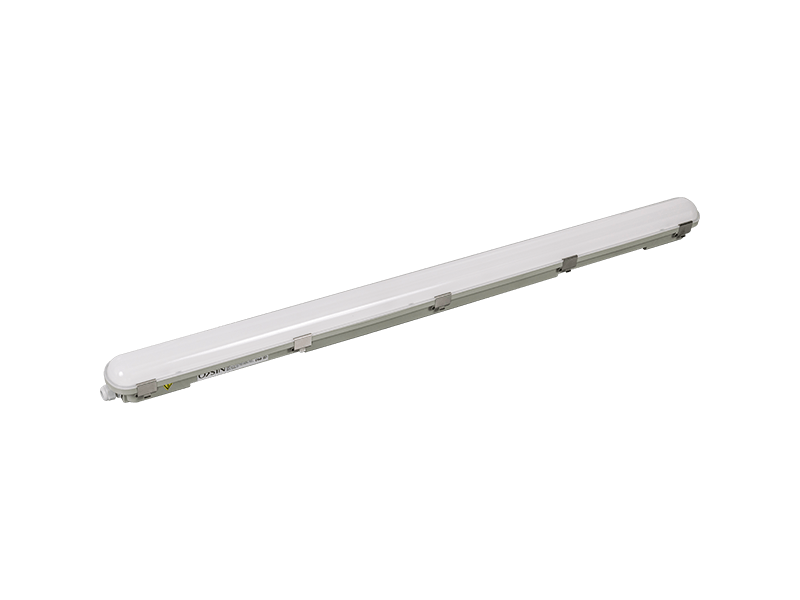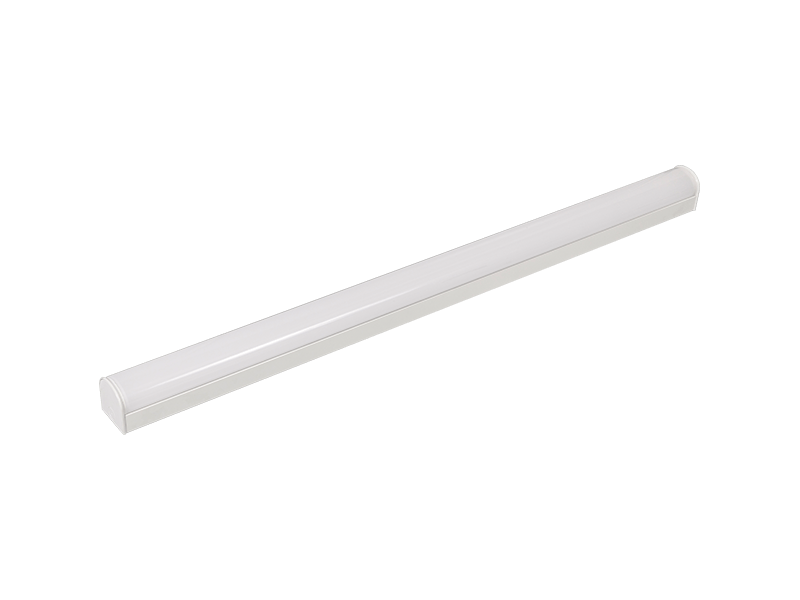Sanitary fittings are vital components of plumbing systems that ensure the safe and reliable delivery of potable water to consumers while minimizing the risk of contamination and cross-connection. Contamination and cross-connection pose significant threats to public health, as they can lead to the inadvertent mixing of non-potable water sources, such as wastewater or chemicals, with the clean drinking water supply. Sanitary fittings play a crucial role in mitigating these risks through the implementation of protective measures and adherence to strict regulatory standards.
One of the primary functions of sanitary fittings in preventing contamination and cross-connection is the incorporation of backflow prevention devices. These devices are designed to prevent the reverse flow of water from non-potable sources back into the potable water supply. Backflow can occur due to changes in water pressure, such as during a water main break or when a plumbing fixture is submerged in contaminated water. By installing backflow prevention devices, such as check valves, vacuum breakers, and backflow preventer assemblies, at strategic points within the plumbing system, sanitary fittings create a physical barrier that prevents the unintended backflow of water and the potential contamination of the water supply.
Air gaps are another essential feature of sanitary fittings that help prevent cross-connection and contamination. An air gap is a physical separation between the water outlet and the receiving vessel, such as a sink or bathtub. This gap ensures that there is no direct connection between the potable water supply and potential sources of contamination, such as wastewater or chemicals. Air gaps are commonly used in plumbing fixtures such as faucets, sinks, and dishwashers to maintain the integrity of the water supply and minimize the risk of cross-connection incidents.
In addition to backflow prevention devices and air gaps, sanitary fittings may incorporate integral hygiene features to further reduce the risk of contamination during everyday use. For example, self-closing faucets and hands-free sensor-activated fixtures minimize the need for direct contact with the fitting, thereby reducing the transfer of bacteria and pathogens. Antimicrobial coatings and materials may also be used in the construction of fittings to inhibit the growth of bacteria and maintain hygienic conditions.
The selection of materials used in sanitary fittings is critical in preventing contamination and cross-connection. Fittings made from corrosion-resistant materials such as stainless steel, brass, and copper are less prone to degradation and leaching, reducing the risk of chemical contamination. Additionally, non-toxic and inert materials are chosen to ensure that fittings do not impart harmful substances into the water supply, maintaining the quality and safety of the potable water.
Regular maintenance and inspection of sanitary fittings are essential for ensuring their continued effectiveness in preventing contamination and cross-connection. Plumbing professionals conduct routine checks for leaks, damage, or signs of wear to identify potential issues that could compromise the integrity of the plumbing system. Prompt repairs and replacements of faulty fittings help minimize the risk of contamination incidents and maintain the overall safety and reliability of the water supply.
Furthermore, compliance with regulatory standards and codes is crucial to ensuring the effectiveness of sanitary fittings in preventing contamination and cross-connection. Government agencies and industry organizations establish stringent requirements for the design, installation, and maintenance of fittings to protect public health and safety. Manufacturers must ensure that their products meet these standards and undergo rigorous testing to verify compliance, thereby ensuring the integrity of the water supply and safeguarding the health of consumers.

 Search
Search English
English Español
Español